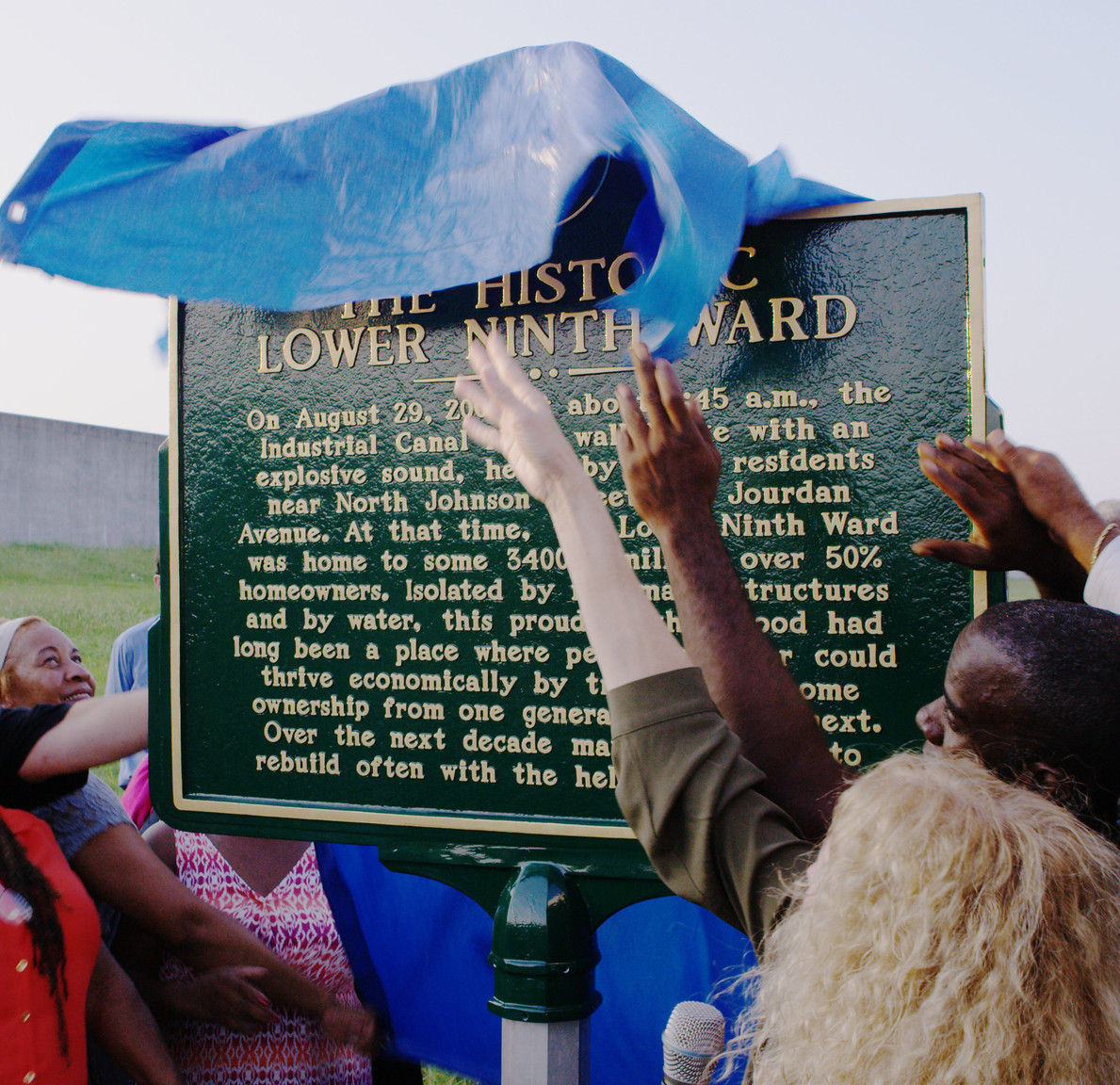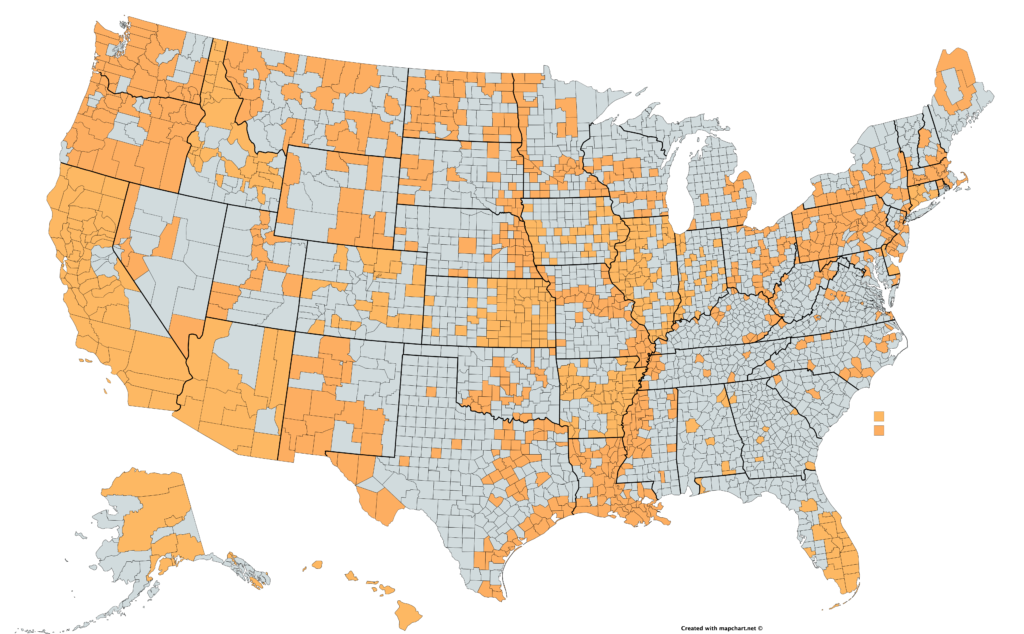Levees.Org (original) (raw)
Join Levees.Org
Since 2005, making sure New Orleans and America
get the safe levees we deserve

Why the levees broke
We're educating America on why the levees broke in New Orleans during Hurricane Katrina
Our Accomplishments
Ensuring safe levees for all
Levees.org was established in November of 2005 and has the commitment of experts and communities locally and nationally.

CURRENT PROJECT
A Campaign for Engineering Failure Education
Do you think Engineering Students should receive instruction on Engineering Failures and the Lessons they teach? If yes, add your name!

Become a member
Advocate for safe levees in your community and nationwide. It's free.
1-2 emails monthly, directly from Sandy
Join Us
Additional Resources
Learn more about the 2005 New Orleans levee failures and gain the tools to advocate for your community.


Frequently Asked Questions
Myth busters

“Public perception of levee failures and ongoing risk is largely based on falsehoods. We have done the fact-checking and are proud to present these truths.”H. J. Bosworth, Jr., P.E.,
Civil Engineer (1982–present)
MYTH: The vast majority of homeowner losses in New Orleans were uninsured.
TRUTH: Pre-Katrina, more New Orleans homeowners had flood insurance per capita than the rest of the nation according to data obtained by Donald Powell with the Bush administration.
Source: New Orleans Times-Picayune
MYTH: The Orleans Levee Board forced the Army Corps of Engineers to build the inadequate levee system that failed during Hurricane Katrina.
TRUTH: As reported in the New York Times, experts J. David Rogers and Raymond Seed retracted this erroneous conclusion in their 2006 levee investigation. The levees failed mainly due to a mistake the Army Corps made in the 1980s when interpreting the results of their levee load test study.
Source: Water Policy, Vol 17, Issue 4; Abstract
MYTH: New Orleans has a peculiar geography in that it relies heavily on levees for protection.
TRUTH: Sixty-two percent of the U.S. population lives in counties protected by levees.
MYTH: As Katrina advanced, the residents of New Orleans were warned that the levees could breach.
TRUTH: Even the most desperate appeals to residents from local, state or federal officials did not warn that the levees could breach and fail. The first suggestion that levees could fail occurred at 1:47 a.m. in a memo from the Homeland Security Operations Center to the White House Situation Room, six hours after the evacuation was already completed.
Source: McQuaid and Schleifstein, Path of Destruction (Little Brown and Co, 2006), 179.
MYTH: After the storm, the levee boards were “reformed” and made similar to other levee districts in the U.S.
TRUTH: New Orleans was the first urban area in the nation to create a regional board with experts.
Source: New Orleans Times-Picayune
MYTH: Environmentalists blocked the Army Corps of Engineers’ original plan for massive peripheral barriers and forced the agency to propose a second inferior design.
TRUTH: The Army Corps decided that the High Walls Plan, or raising the heights of the levees, was less costly, less damaging to the environment and more acceptable to local interests.
Source: Water Policy, Vol 17, Issue 4; Frontage vs parallel protection
MYTH: The local levee districts must be guilty of negligent maintenance because they settled for $20 million.
TRUTH: Judge Stanwood Duval’s 2009 settlement in the class action lawsuit against the pre-Katrina levee districts is neither proof of culpability nor acceptance of responsibility. It’s a settlement, and nothing more.
Source: New Orleans Times Picayune
MYTH: The Army Corps of Engineers admitted fault for the failure of its levee system during Hurricane Katrina.
TRUTH: No corps official has accepted responsibility for the failure of the levees in New Orleans during Hurricane Katrina without simultaneously – and also wrongly – directing blame toward local officials and environmental groups.

